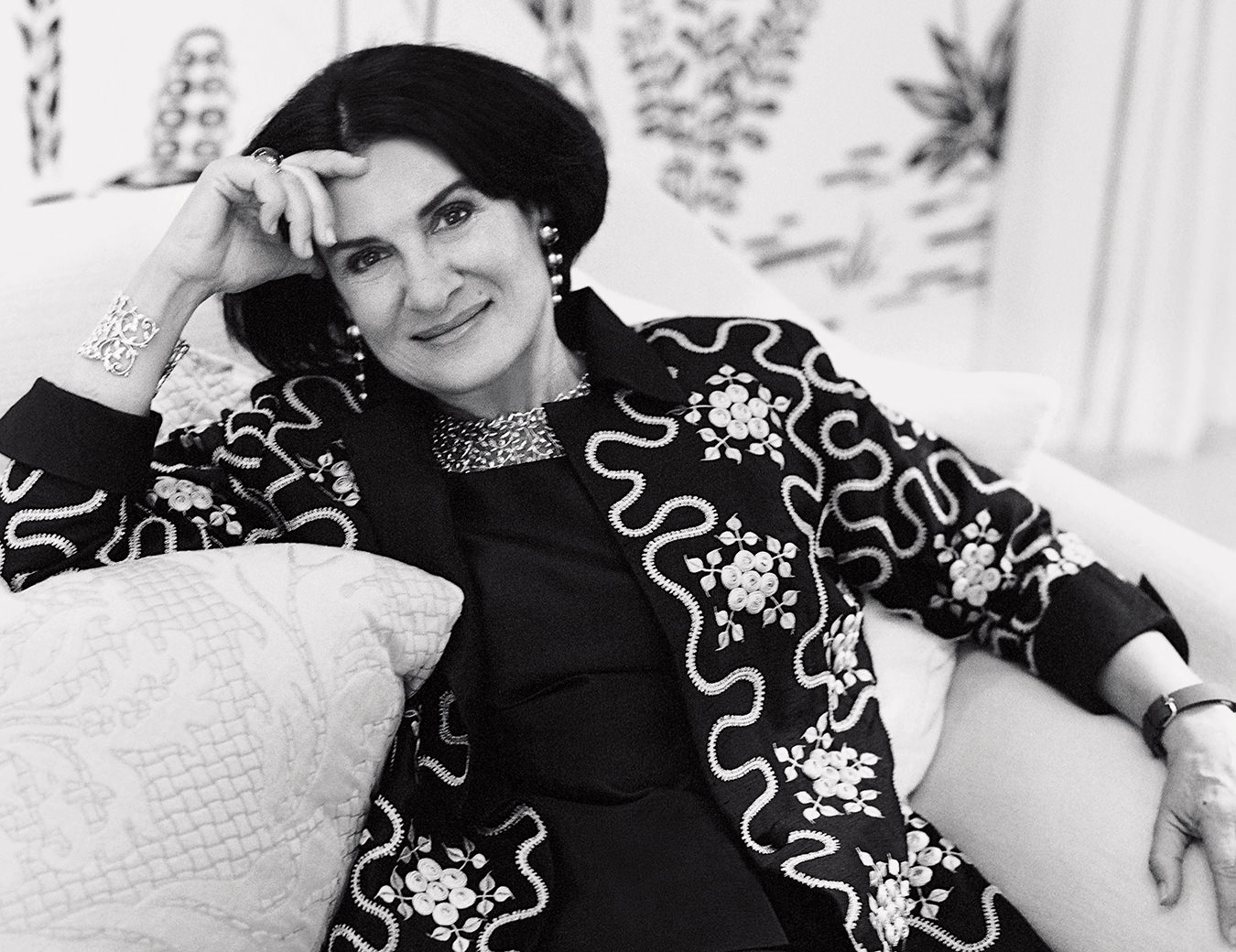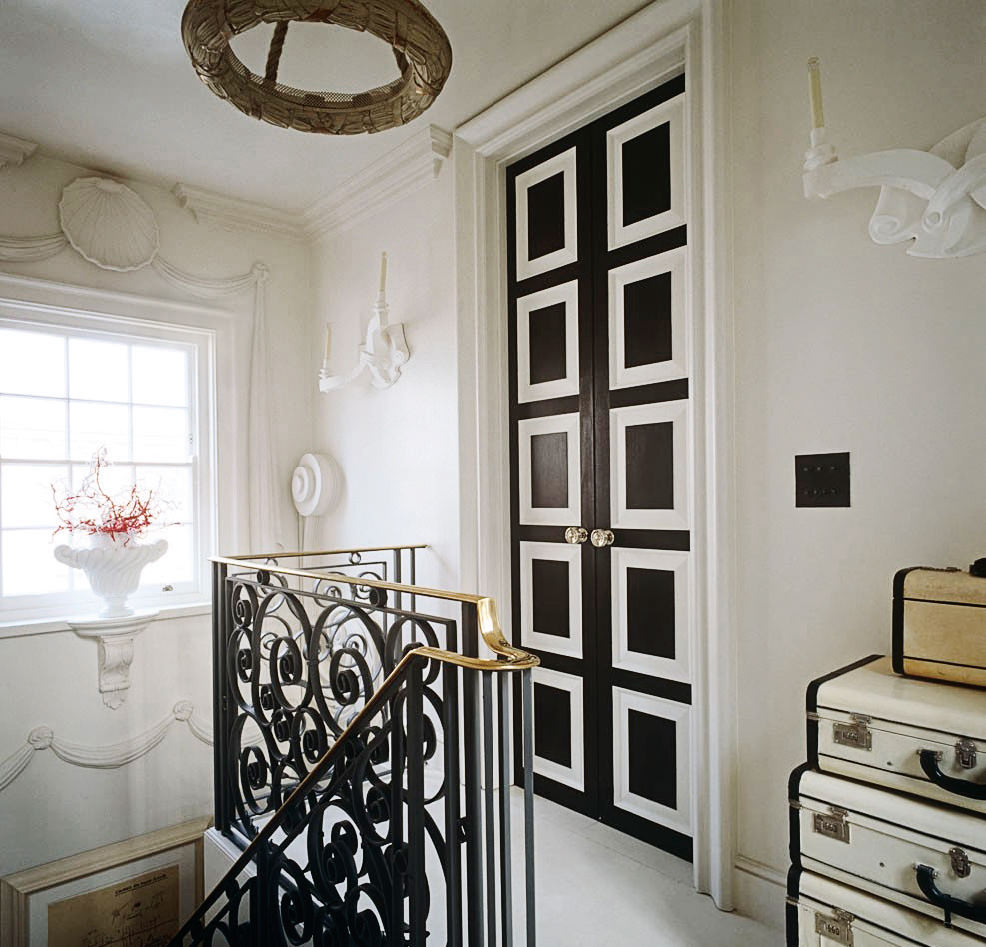-
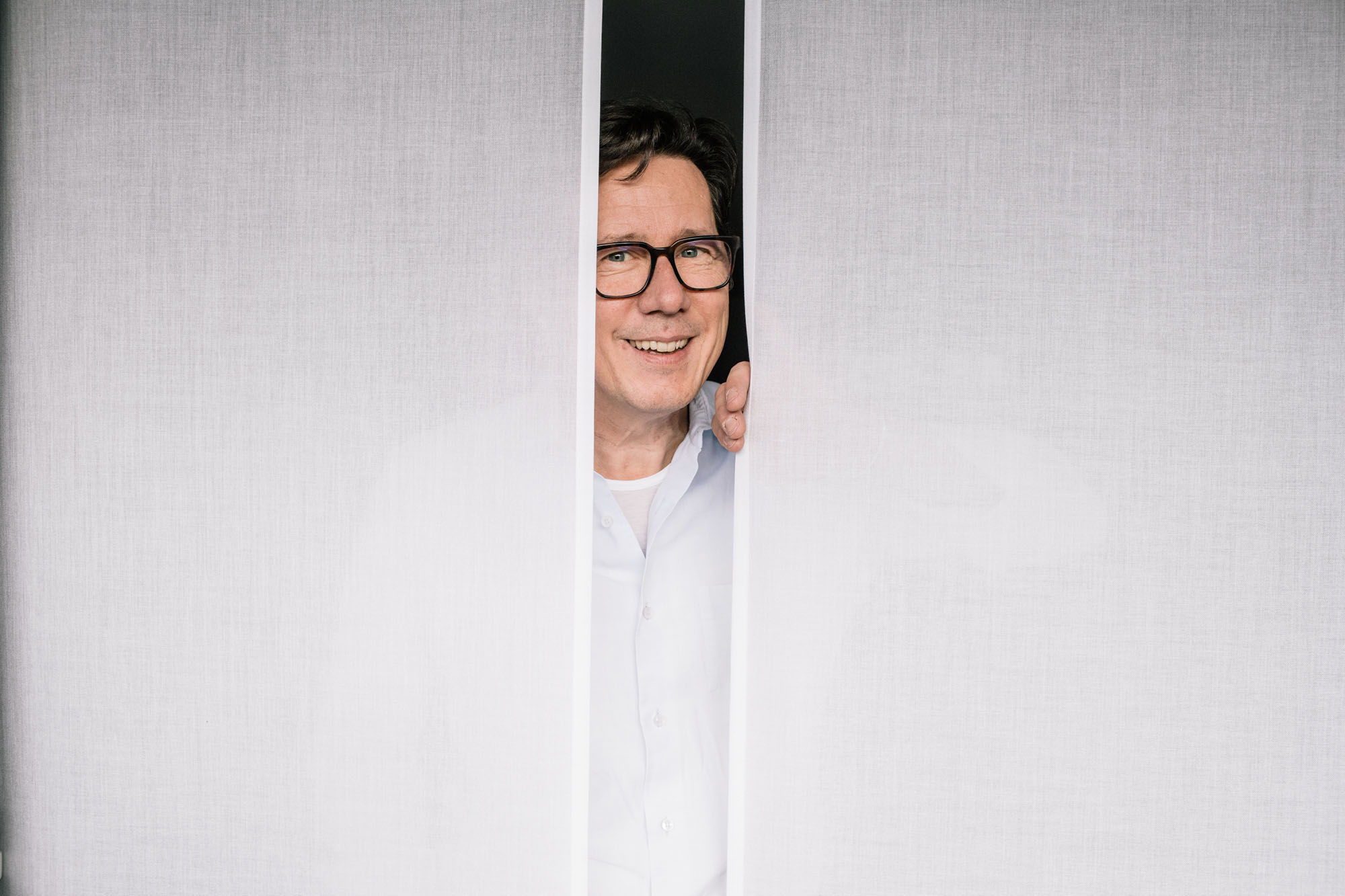
Eric Giroud is arguably the world’s leading watch designer right now.
-
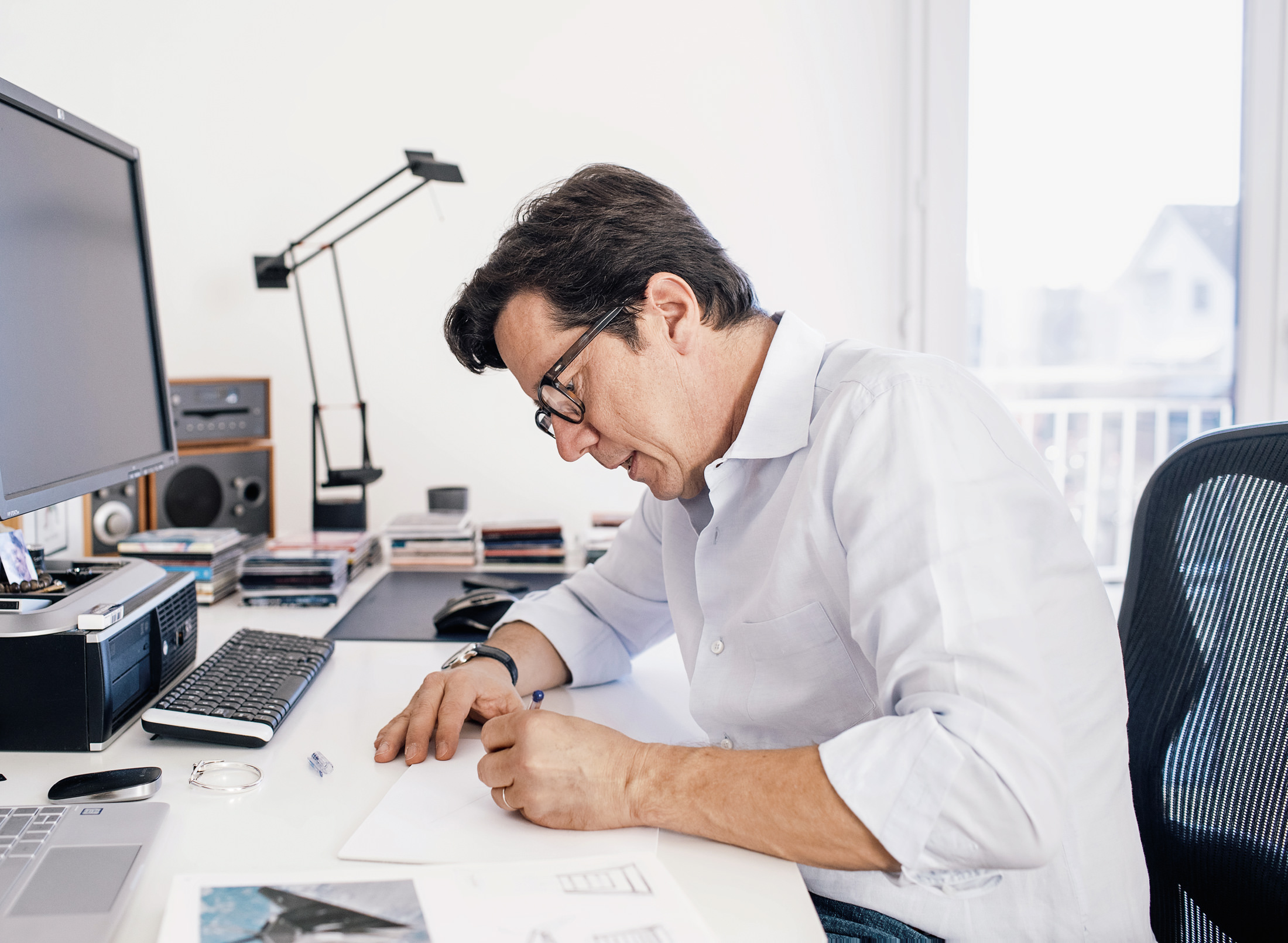
Giroud at his home base in Geneva where he draws daily, having created designs for some 60 brands.
-
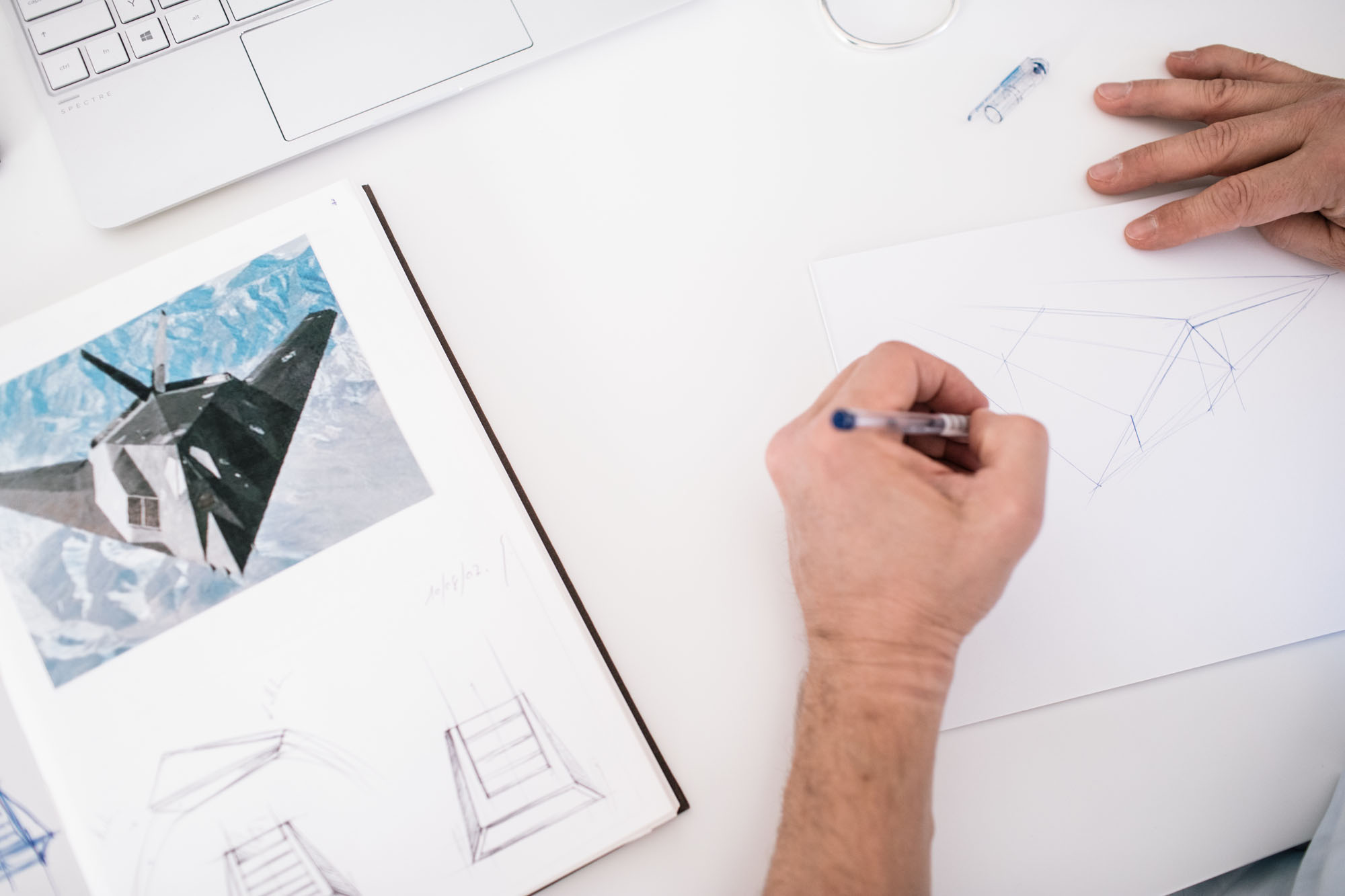
Giroud has created pieces for brands including Boucheron, Van Cleef & Arpels, Vacheron Constantin, and Harry Winston.
-
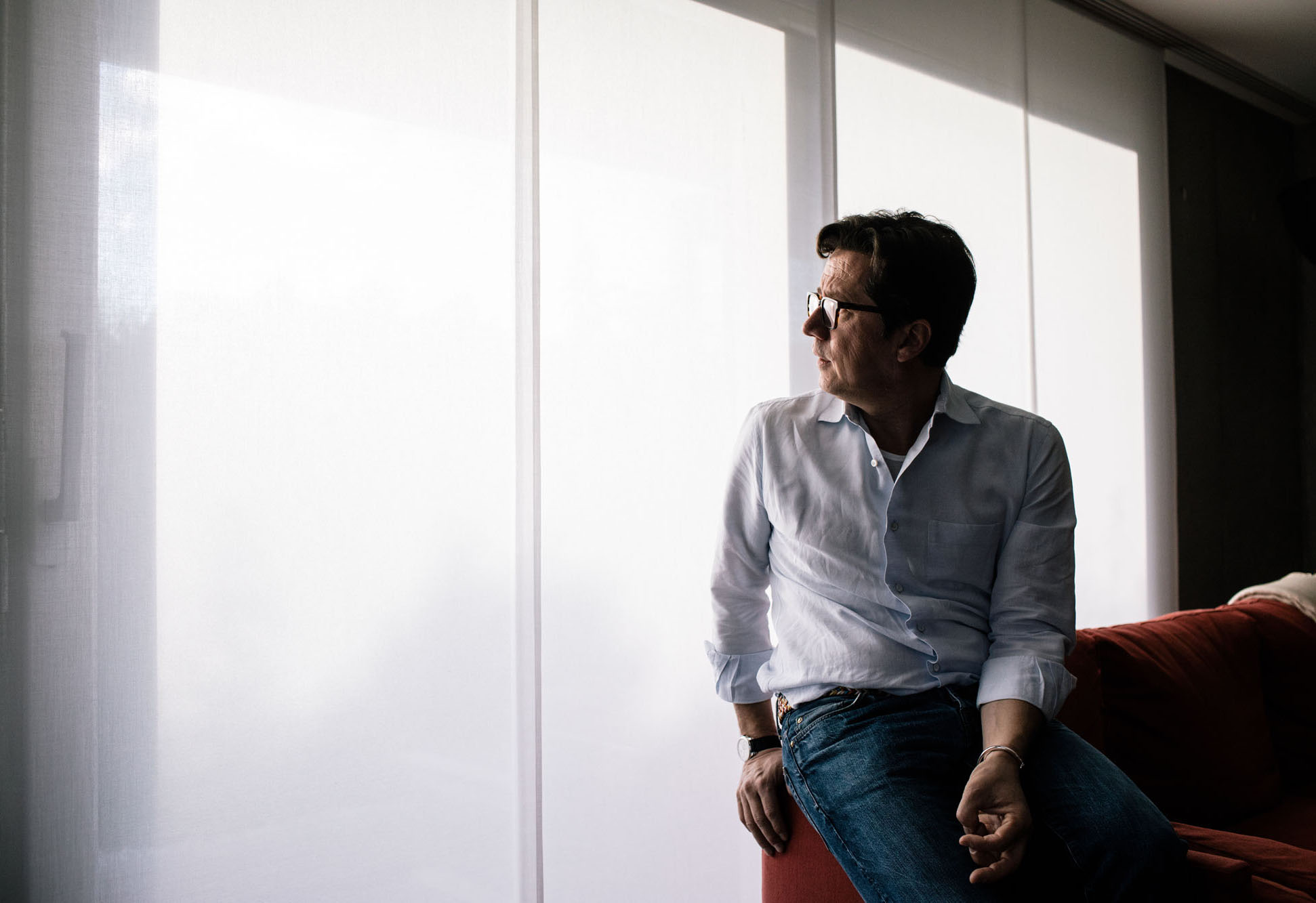
Giroud is probably the most influential person in the Swiss watch industry.
-

A sketch by Giroud for Leroy.
-
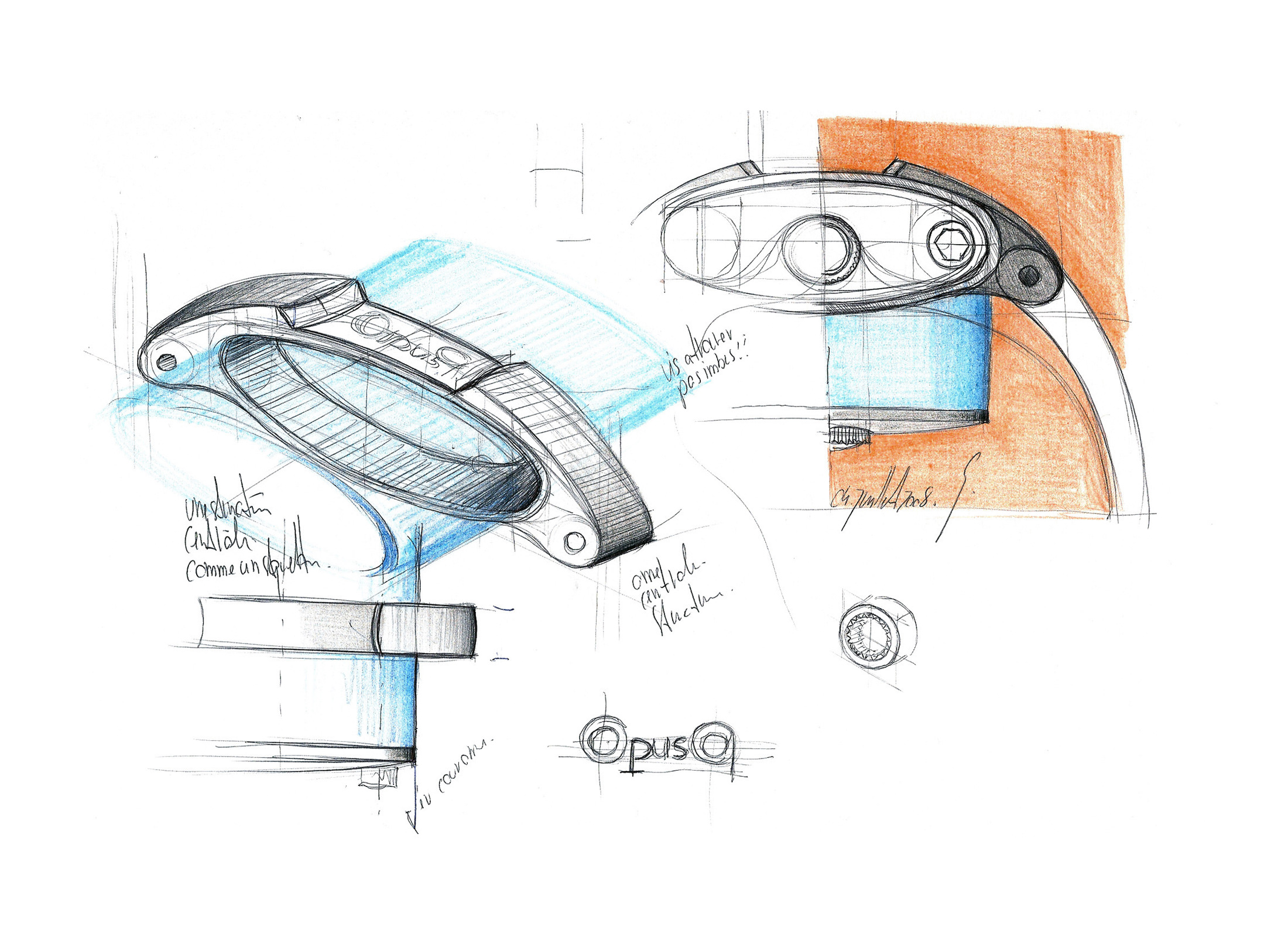
Giroud’s sketch of the Opus 9 for Harry Winston.
-

Harry Winston’s Opus 9, designed by Giroud.
-
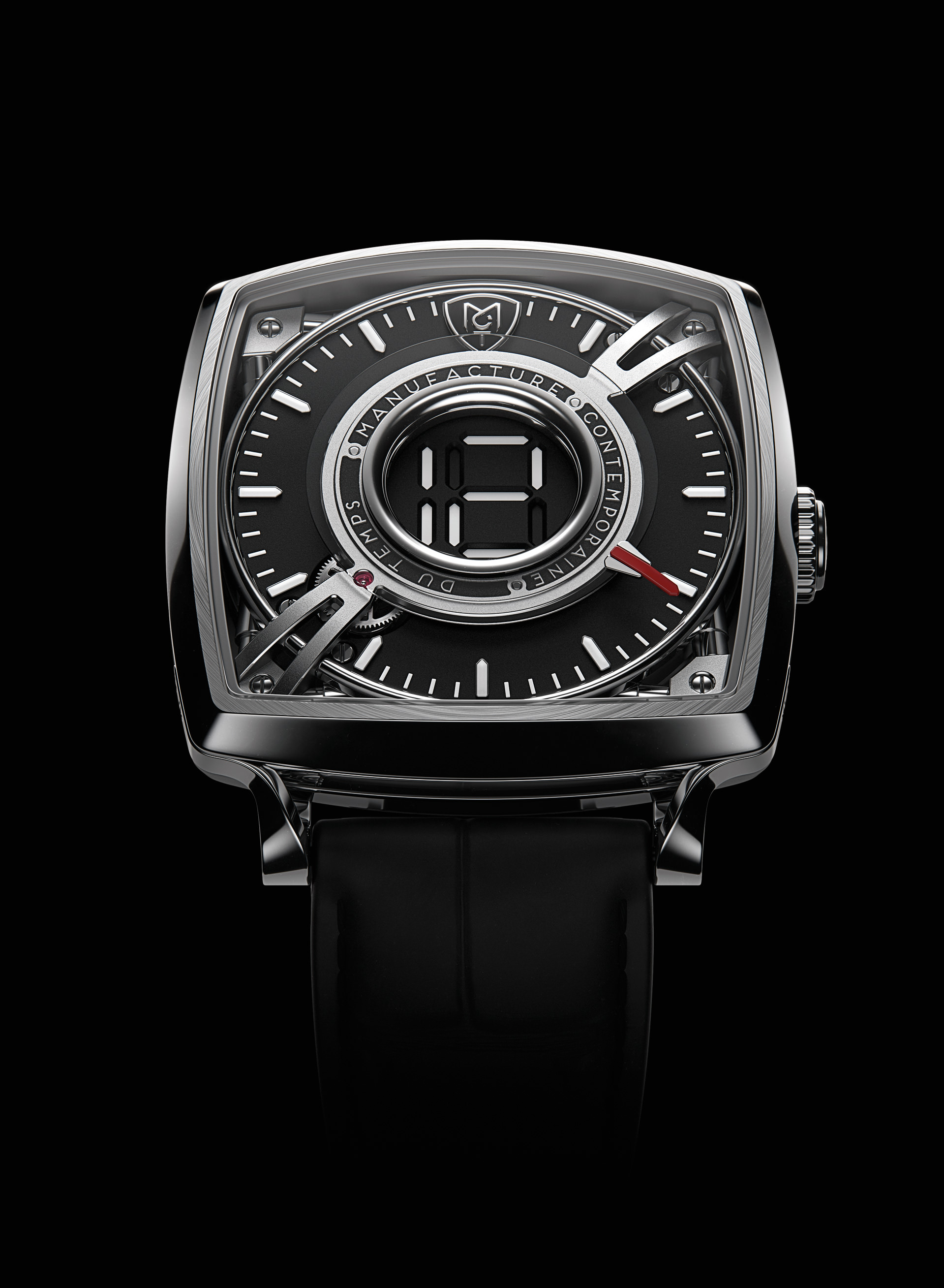
Giroud designed the Dodekal One D110 timepieces for MCT.
Eric Giroud
A world-leading watch designer.

Time passes slowly for Eric Giroud. He works alone—every day. Waking at 5 a.m., he listens to music, then sits down with his sketch pad and computer to draw. “I work in a monastery, in effect,” he says, “so I stop properly for lunch and go out. I need to spend time around some other people.”
Giroud is probably the most influential person in the Swiss watch industry, and you’ve probably never heard of him. Arguably the world’s leading watch designer right now, he’s won at the Geneva Watchmaking Grand Prix and created pieces for Boucheron, Van Cleef & Arpels, Vacheron Constantin, and Harry Winston, among some 60 brands.

“The thing is,” admits Giroud, his tone a few decibels lower, “I’m not that into watches. I remember receiving my first watch when I was about 13, probably a cheap one, but the watch itself wasn’t so important as what it signified: becoming a man. I do wear one sometimes now, but I don’t like to change my watch too often, as some men do.”
That lack of obsession with watches most likely did not go down too well a long time ago when Giroud’s future wife suggested that he accompany her skiing and meet the extended family. “There was this very cool old guy there who wanted to talk about watches and show me some books about watches,” says Giroud laughing. The “cool old guy” was Jack Heuer, the watch industry legend behind TAG Heuer, and the future wife’s uncle. But perhaps that detachment is what gives Giroud a certain clarity. He regards watch design as a discipline like any other—akin to that of, say, knives, bicycles, or perfume bottles, all of which he has also designed. Giroud doesn’t seek to impose his vision on every design, but simply to meet the customer needs set out by his client. “When you’re designing someone’s house,” he says, falling back on an architecture analogy, “you have to remember it’s not your house.”
“The thing is,” admits Giroud, his tone a few decibels lower, “I’m not that into watches.”
Giroud, 53 and founder of the design agency Through the Looking Glass, only took to watch design in his 30s, after a spell trying to make a living as a musician. “I wasn’t very good,” he says chuckling. He turned to architecture and joined an agency, where he worked on lighting and mobile phones and, on one occasion, a project no one else on the team wanted to take on—a watch. He’d found his specialty.
Kind of. Deep down, Giroud has always wanted to design clothes. He says he envies the greater freedom fashion designers have, their ability to explore combinations of shapes, colours, and materials. “And, as someone who designs watches every day, which can feel like you’re doing the same thing all the time, you need to have your mind opened by looking at the way other design works,” he says. “I need to restart like a computer now and then. I need to go shopping. The ideas can come from anywhere. I was struggling with one project the other day and then I saw these amazing cookies, and that was enough to get me thinking afresh about a dial.”
At least watches are on that style continuum.
“Really every product has its own design criteria,” Giroud says. “A watch, regardless of how crazy the look of the watch may be, is something you wear and has to be something you can put on. It’s also very small. It’s a limited canvas to work on. And it usually has to be waterproof, so there are technical limitations too.
“In fact, it’s easy to design a watch that looks good on paper,” he explains. One of his favourite parts of the process is when he first prints out a to-scale image of his design, cuts it out, and wraps it around his wrist to see how he feels about it. “But a design has to work in 3-D, and that’s very different. It’s like seeing a shirt in a magazine and thinking, ‘Wow!’ and then you get it on and it’s, ‘No, no, no!’ At the end of the day, all watch companies tell me they want the same thing: they want a watch that is ‘beautiful’. Well, okay. But sometimes a really great design is the product of luck. There’s a magic to the process.”
“The ideas can come from anywhere… I saw these amazing cookies, and that was enough to get me thinking afresh about a dial.”
Giroud says that while he avoids imposing any design signature, he aims to introduce what he calls “a certain tension” to every design: he cites an edition of Jaeger-LeCoultre’s famed Reverso that came with a bold red dial. “That tension between this modern, atypical colour and what is an old-fashioned–looking watch is what makes it interesting,” he suggests. “Look at any iconic watch design and that tension is there.”
The hit rate for watch designers isn’t that high, and the watch industry turns to Giroud with such frequency in large part because, historically, his somewhat outsider status allows him to say such things. “Watch designers tend to come up through the watch industry, bringing a narrow focus with them. It’s why there’s an endless litany of ‘nice, but boring’, ‘classic’, or ‘archive’ designs.

“But watch design is getting better,” notes Giroud. “Just the last 10 years have seen companies pay much more attention to certain details. The crown, the buckle—they’re now designed specific to each watch. It wasn’t long ago that that wasn’t the case. It wasn’t so long ago either that CEOs of watch companies took no interest in the design process at all. But now, there are so many watch brands, it’s hard to stand out without good design.” That said, “When I go to present a design, often there’s still not that much said about it. All anyone really wants to talk about is the movement, or the celebrity attached to the launch.”
Currently, Giroud is working on a variety of undertakings, watch related and otherwise (a number of projects for MB&F—among the most avant-garde of Switzerland’s young independent watch companies—and a design for a nascent New York–based brand that is, he says, “very interesting, but very secret”). He is in the enviable position of being able to choose which of the world’s elite watch brands he fancies working for. Nevertheless, a love of design conquers all. While smartwatches are starting to change what a watch can look like, “There’s going to be this big design challenge of how to give a watch personality when you replace the traditional dial with a screen,” says Giroud. “I’m ready for it. But I don’t think the Swiss watch industry is. The very topic of smartwatches is practically taboo in the industry.”
_________
Never miss a story. Sign up for NUVO’s weekly newsletter, here.

